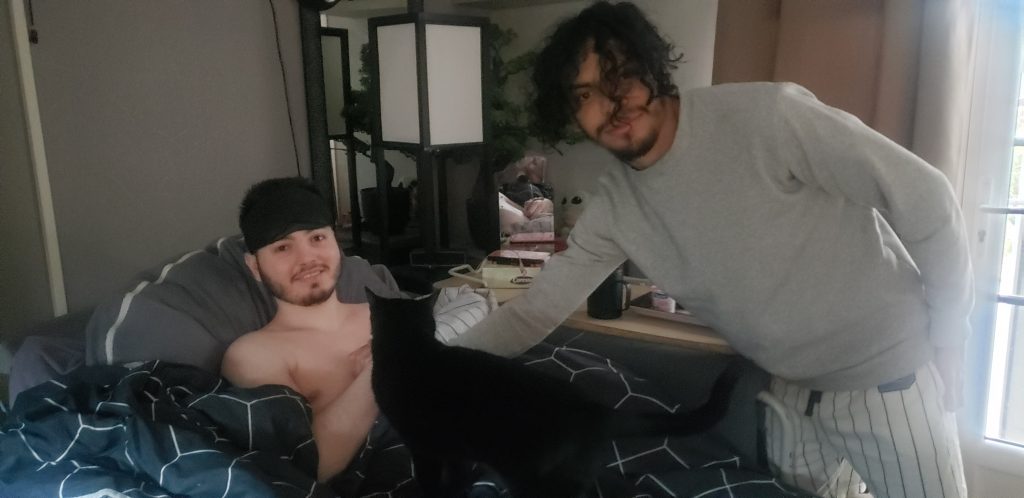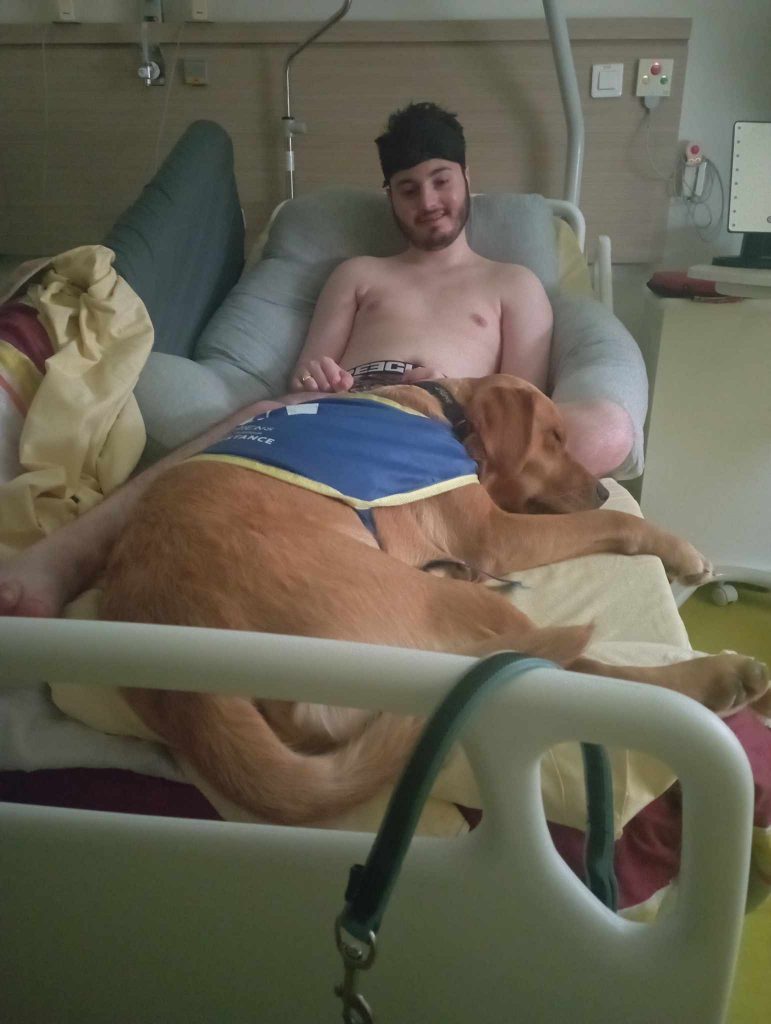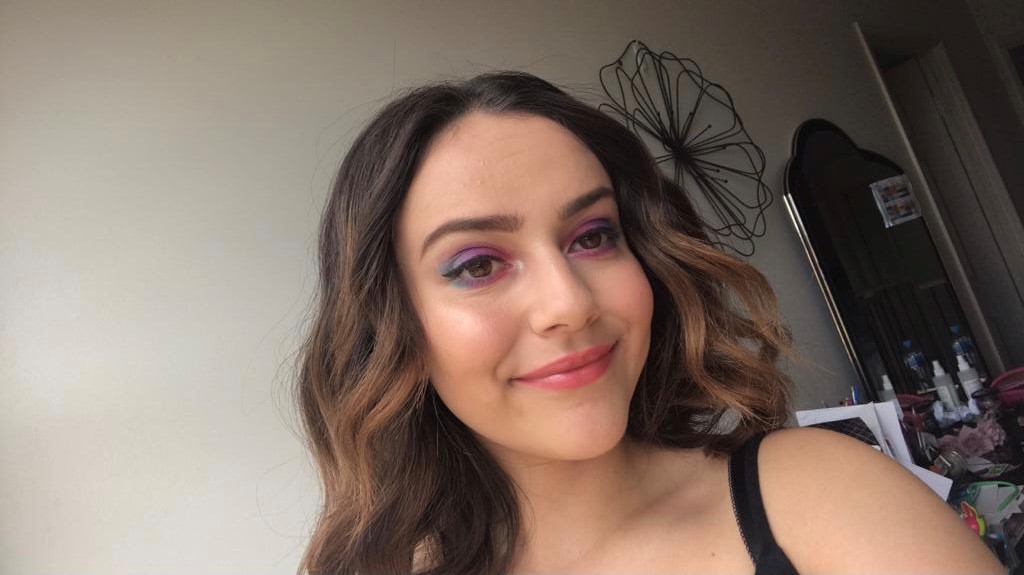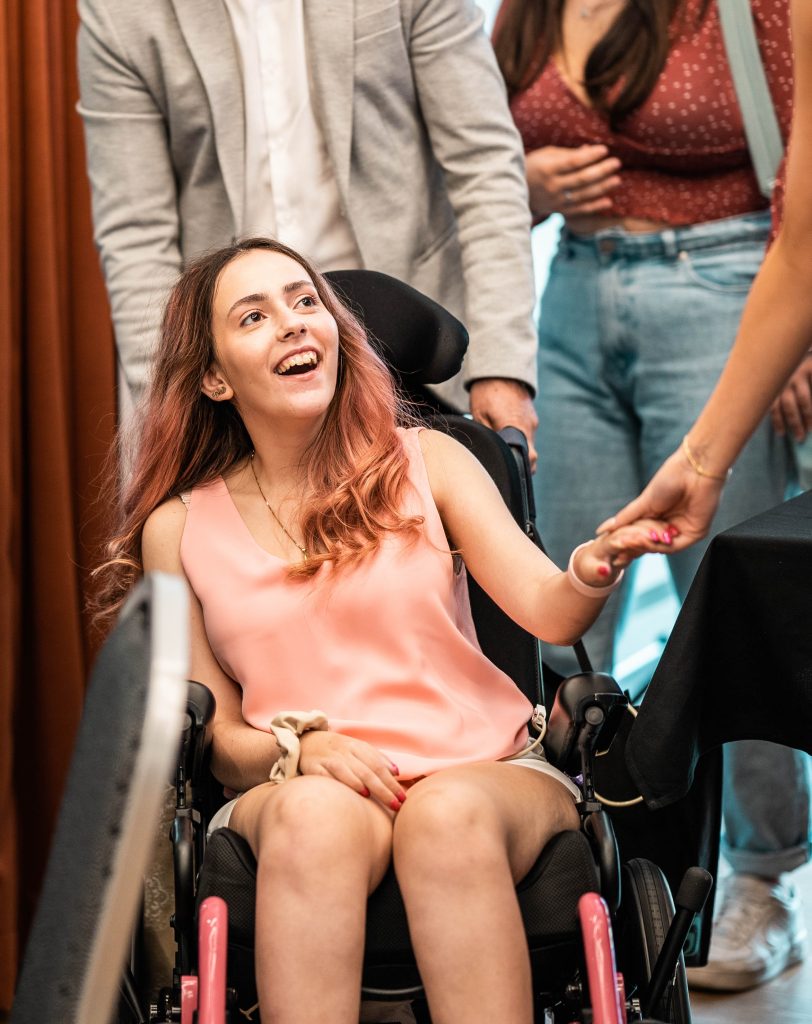Lafora Disease: The Stories of Robin and Angelina
July 2023
Hearing directly from patients is an essential aspect of understanding the reality of living with a rare disease. These stories provide a glimpse into the unique challenges faced by those with rare conditions, as well as their strength and resilience in the face of adversity.
EURORDIS recognises the value of these stories and is sharing them with the world to increase awareness, understanding, and support for those living with rare diseases.
Today we hear the stories of Robin and Angelina, who are both living with Lafora Disease. They live thousands of miles apart and have never met, but they are connected through their shared experiences of Lafora disease and the Chelsea’s Hope Lafora Children Research Fund.
Lafora disease is a rare neurodegenerative condition affecting children. It is terminal, and there is currently no cure
Healthy children first show symptoms in their early teens, which include epilepsy followed by cognitive decline (dementia). Those with the disease typically die within 10 years of their diagnosis.
Lafora disease is ultra-rare. Globally 80 children are registered as being affected by the disease, and it is estimated that the condition has 200-300 patients worldwide.
Véronique Gadomski tells the story of her son, Robin
My name is Véronique Gadomski. I live in Blois, France, and I am the mother of a 23 year old boy named Robin who has Lafora disease. I also serve on the board of France Lafora to help find a cure for my son and all the other children in France affected by this condition.
As many others, Robin was a normal, healthy, intelligent teen until 12 years old when he had his first seizure. He was initially misdiagnosed with simple epilepsy and a few years after with Juvenile Myoclonic Epilepsy.
However, Robin became resistant to the drugs aimed at treating his seizures. Then, he also began experiencing myoclonus – involuntary muscle jerks and twitching.
Robin’s condition only got worse. His seizures became more frequent, and we saw changes in his behaviour too. As a result, the clinician asked for genetic tests of degenerative epilepsy genes.

Seven months later, we learned of this horrible diagnosis of Lafora disease – he was 19 years old. One month later, his father left him alone at home unattended, and Robin had to deal with a fire. Thinking he could put the fire out by stomping on the flames, Robin suffered third-degree burns to both of his feet. He had to be hospitalised for one month during which he suffered his first status epilepticus – this refers to when someone experiences continuous or back-to-back seizures without stopping in between. Normally, seizures are brief and stop on their own, but in status epilepticus, the seizures keep happening without a break.

In 2020, Robin was again hospitalised for two months following an acute episode of fever. He was drowsy and would not eat. He had more than 30 seizures per day. A percutaneous endoscopic gastrostomy tube (feeding tube into the stomach) was inserted but never used because Robin pulled it out.
Eventually, Robin regained his strength, little by little, and was able to return home. He has been bedridden and hospitalised at home ever since. We feed him and watch him 24 hours a day. All his care is done in bed.
Chelsea’s Hope Lafora Children Research Fund has built a Lafora community where we can share the latest information and have the possibility of meeting each other: the Lafora Symposium. They are our main partners on this journey and we consider them the conductor, while we, the families, are the musicians.
Niki Markou and her daughter, Angelina
My name is Niki Markou, I live in Sydney, Australia and I am a mother of a 19 year old girl named Angelina who has Lafora disease. I serve on the board of Chelsea’s Hope Lafora Children Research Fund to help find a cure for my daughter and all the other children around the world affected by this condition.

Angelina was a perfectly healthy intelligent teen until 14 years old when she fell and had a seizure. She was misdiagnosed with Juvenile Myoclonic Epilepsy, which is a very common occurrence for people living with Lafora, and it wasn’t until she was showing signs of cognitive decline that the doctors suspected something was wrong.
Angelina was admitted into hospital for further testing, where her symptoms got worse. Doctors escalated genetic tests of degenerative epilepsy genes which took a few months and, during that time, they trialled many other medications to see if they could control the myoclonic seizures. It wasn’t until we received the results and the ultimate diagnosis that we knew what we were dealing with.
Since then, I have been working hard with the team at Chelsea’s Hope to build a community of researchers and therapeutics companies to create specialized treatments for Lafora. In this journey we were fortunate to collaborate with Dr. Jordi Duran and his brother Dr. Jaume Duran in creating a powerful documentary that tells our story: Fighting the Rare.

Fighting the rare
Fighting the Rare is a glimpse into research on Lafora disease through the testimonies of researchers, patients, and their relatives.
Research on Lafora Disease is an example of how a disease can be studied, from its discovery to obtaining the first treatments. In Fighting the Rare, using family stories and the study of Lafora as a backbone, general concepts related to biology and medicine, diseases, the scientific process, and the importance of research are explained.
The documentary was created by Dr. Jordi Duran, a renowned researcher on Lafora disease, and his brother Dr. Jaume Duran, film director. They collaborated with a worldwide network of people fighting Lafora disease, including these Lafora disease researchers: Dr. Berge A. Minassian (University of Texas Southwestern Medical Center); Dr. José María Serratosa (Institute for Health Research F. Jiménez Díaz); Dr. Matthew S. Gentry (University of Florida); and Dr. Joan J. Guinovart (Biomedical Research Institute); in addition to family stories by Niki Markou, Jenifer Merriam and Mariah Merriam.
The full documentary was released on 26 June 2023. Watch it now!
Has your life been touched by the impact of rare diseases?
Share your story with us by emailing Rhiannon Walls, Communications Junior Manager, at rhiannon.walls@eurordis.org.
